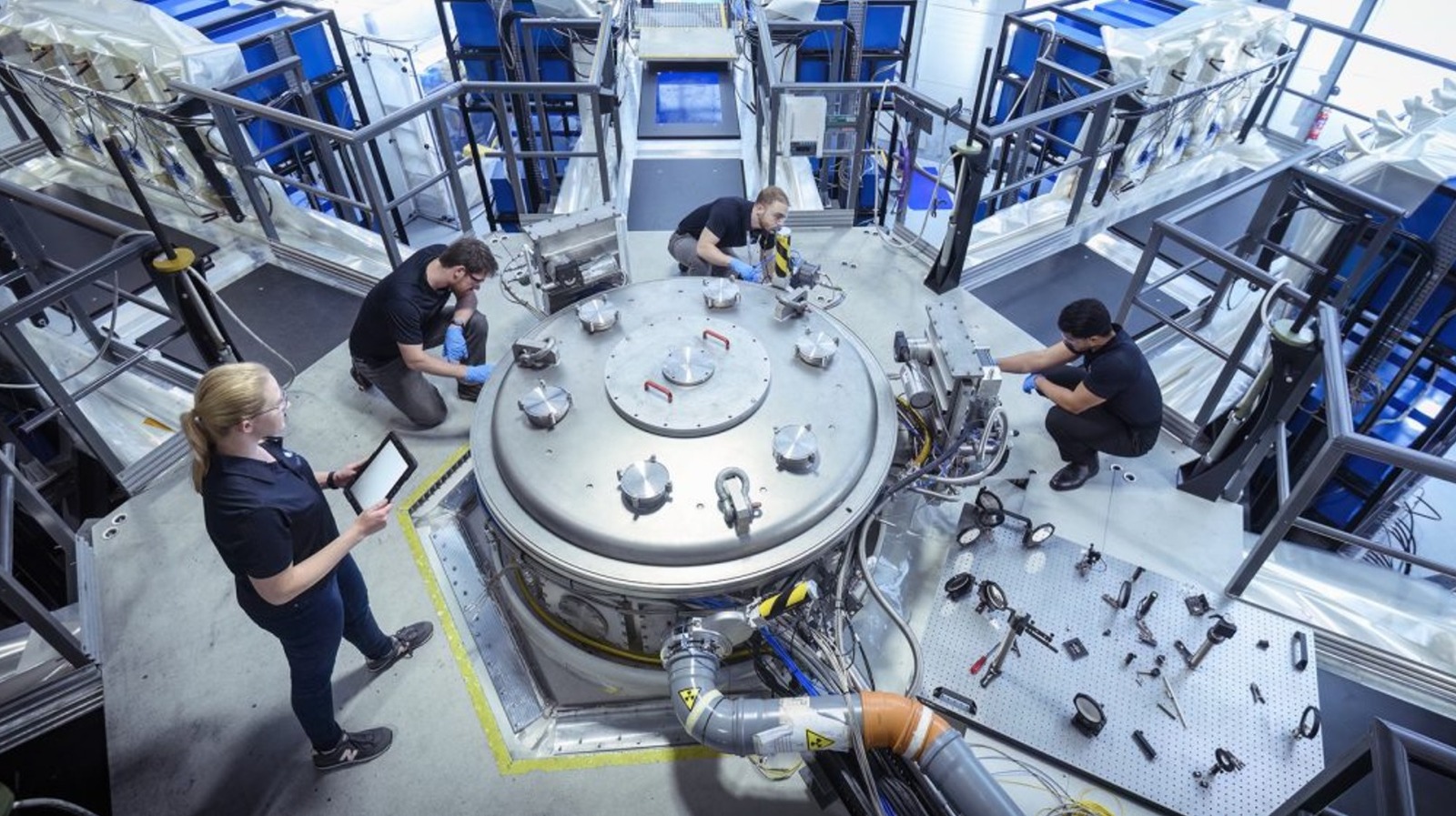Innovations in fusion energy are advancing, with the UK-based company First Light Fusion announcing a significant breakthrough in achieving “high gain” inertial fusion. This development represents a crucial step towards creating commercially viable fusion reactors, which could potentially transform the global energy landscape.
Fusion power relies on the process where two light atomic nuclei combine to form a heavier nucleus, releasing vast amounts of energy. If harnessed effectively, fusion reactors could provide near-limitless energy, significantly reducing reliance on fossil fuels and diminishing greenhouse gas emissions.
Recent advancements have brought researchers closer to this goal, yet no functional fusion reactor has been developed until now. The newly introduced method, termed FLARE (Fusion via Low-power Assembly and Rapid Excitation), marks a pivotal achievement in fusion technology.
Details of the Breakthrough
First Light Fusion’s FLARE process has the potential to achieve an energy gain of 1,000, a substantial increase compared to the current gain of four demonstrated by the U.S. Department of Energy at its National Ignition Facility in May 2025. This gain indicates that the energy produced by the fusion reaction significantly exceeds the energy required to initiate it, a critical milestone in fusion research.
The FLARE process innovatively separates the compression and heating of fuel, employing a technique known as “fast ignition.” This method allows for a notable surplus of energy to be generated during the compression phase, effectively paving the way for practical fusion energy production.
In a detailed white paper, First Light Fusion highlights that a single kilogram of fusion fuel possesses energy equivalent to that of 10 million kilograms of coal. Achieving ignition requires heating the fuel to approximately 100 million kelvin (around 180 million degrees Fahrenheit), a temperature exceeding that of the sun. While the initial energy input to reach such temperatures is considerable, the potential for self-sustaining fusion could result in immense energy output, making the process economically viable.
A Path Forward for Fusion Energy
The implications of FLARE are profound. If successful, this technology could lead to the establishment of multiple fusion reactors capable of powering the planet sustainably. The prospect of transitioning from non-renewable energy sources to a more efficient alternative appears increasingly attainable.
While the breakthrough achieved by First Light Fusion is significant, it is essential to recognize that it represents just one step in a long journey toward fully operational fusion power plants. Continued research and development will be vital in overcoming remaining challenges to realize the full potential of fusion energy.
As advancements in fusion technology continue to evolve, the prospect of a future powered by clean, sustainable energy becomes more tangible. The ongoing work in this field reflects a collective effort to address global energy demands and combat climate change.







